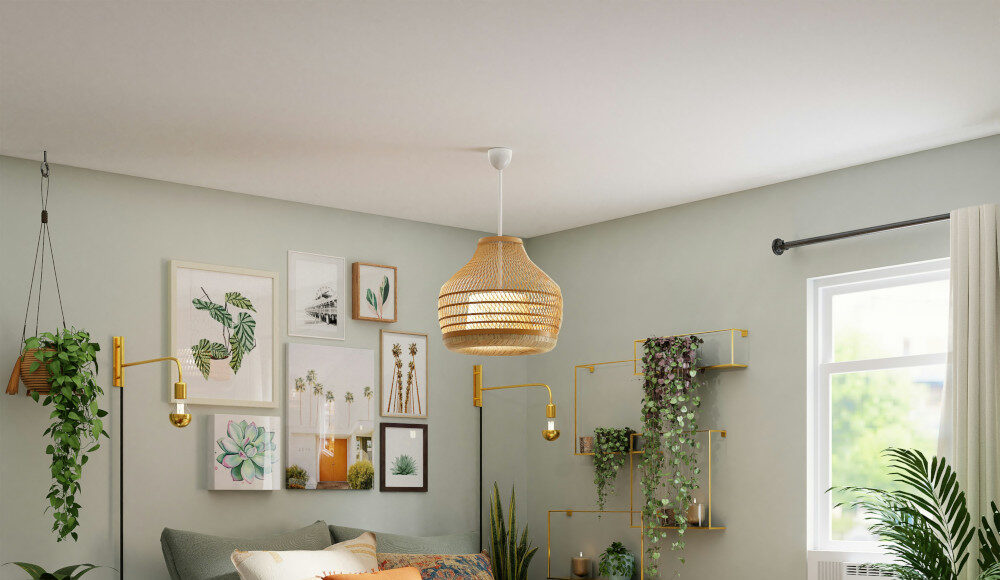The world of interior design is in frequent flux, driven by constant technological advancements, evolving lifestyles, and a growing emphasis on sustainability. As designers, staying ahead of the curve is essential to creating spaces that resonate with clients and push the boundaries of aesthetics and functionality. Let’s explore some cutting-edge design concepts on the horizon and how you can begin incorporating them into your projects.
Biophilic Design Takes Root
Biophilic design, which integrates elements of nature into built environments, continues to gain traction. But it’s evolving. We’re seeing a shift towards more immersive experiences, such as living walls that incorporate edible plants or interactive water features. Consider incorporating these elements into residential spaces to create serene sanctuaries or in commercial interiors to boost employee well-being.
Hyper-Personalization
Technology is enabling unprecedented levels of customization. From AI-driven design tools to 3D printing, the possibilities are endless. This enables opportunities to create truly unique spaces tailored to individual preferences. Imagine using virtual reality to allow clients to experience a space before it’s even built or incorporating personalized artwork generated by AI.
Material Innovation
New materials are constantly emerging, offering unparalleled performance and aesthetic qualities. Consider incorporating recycled or upcycled materials for sustainable projects or explore innovative textiles with enhanced properties like sound absorption or temperature regulation. Experiment with unconventional materials like bio-based plastics or mushroom leather to create truly distinctive spaces.
These are just a few of the exciting trends shaping the future of interior design. By staying informed and embracing innovation, you can create spaces that are not only visually stunning but also functional, sustainable, and truly unforgettable. Remember, the key to successful integration is understanding the client’s needs and lifestyle, and then selecting design elements that align with their vision.






